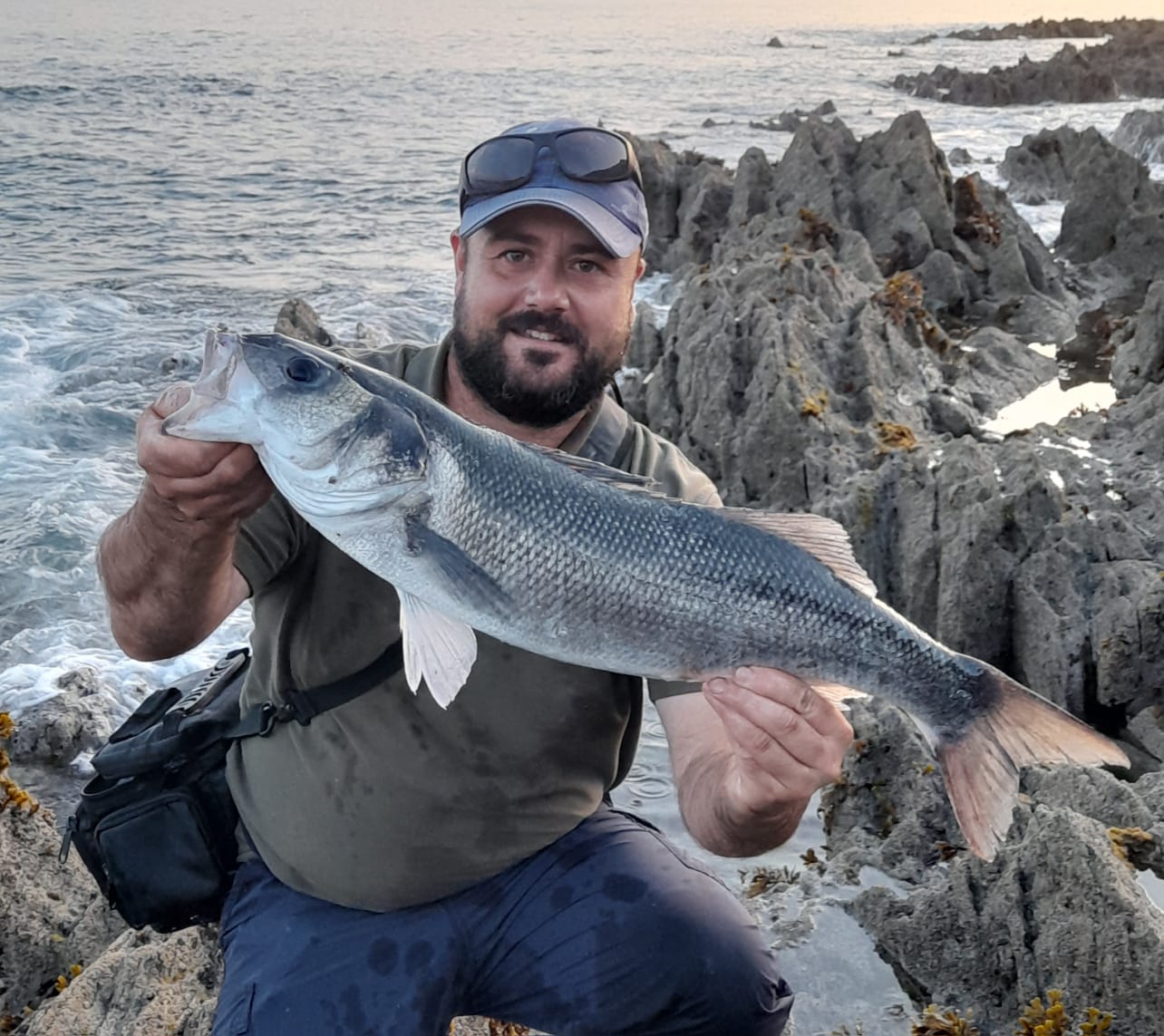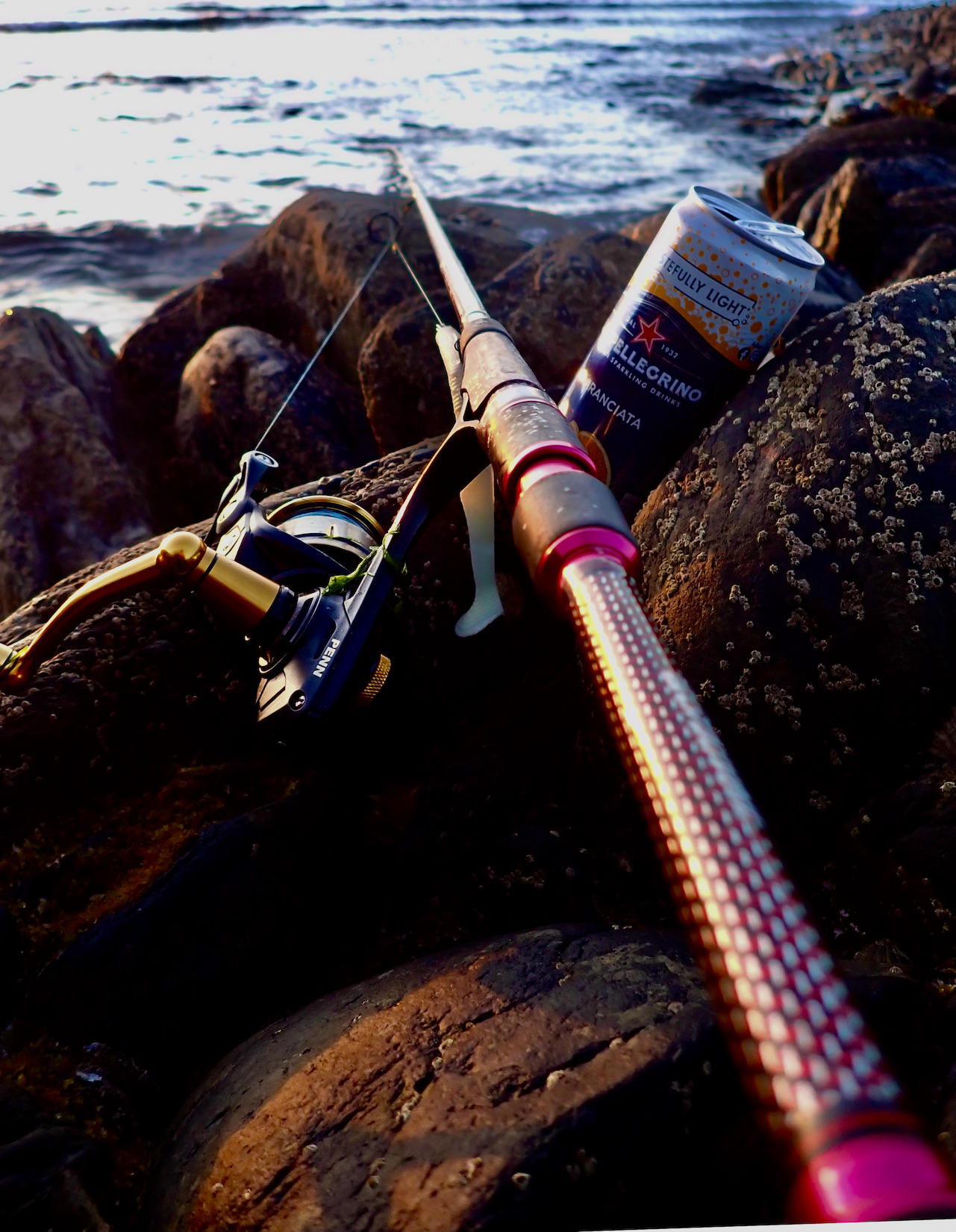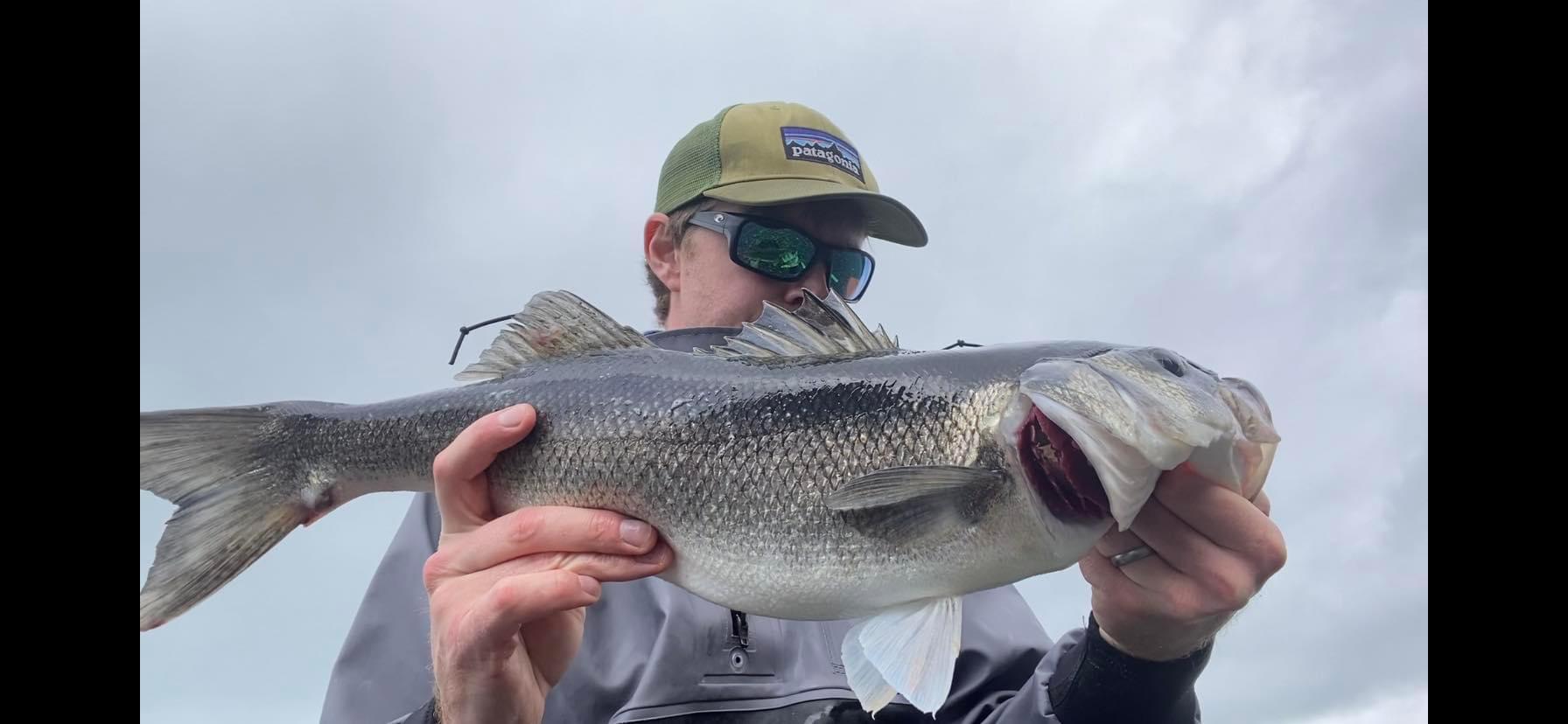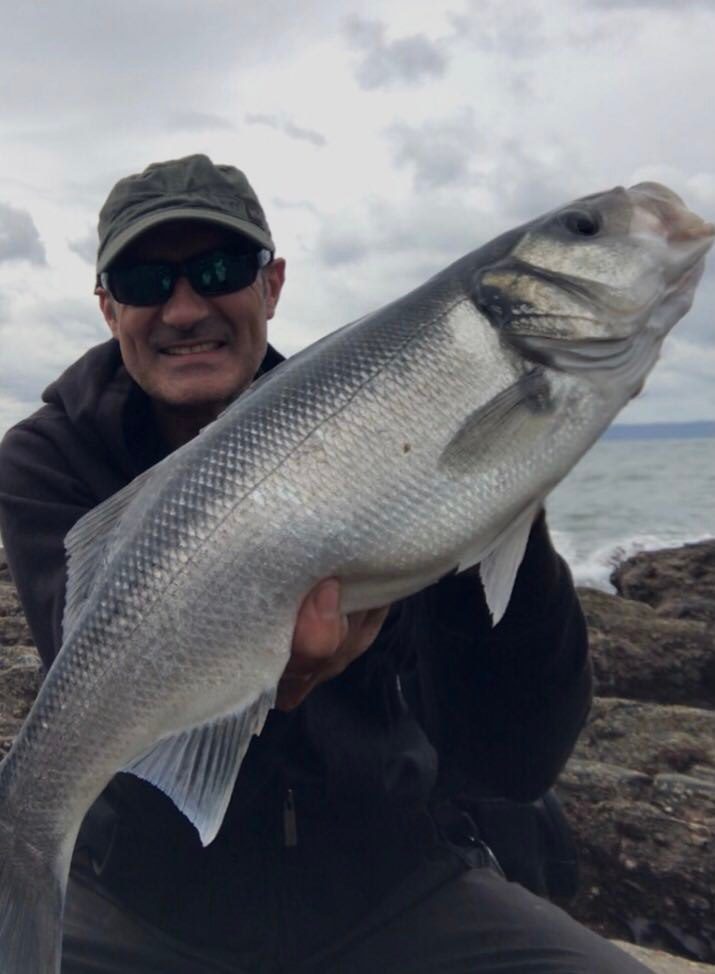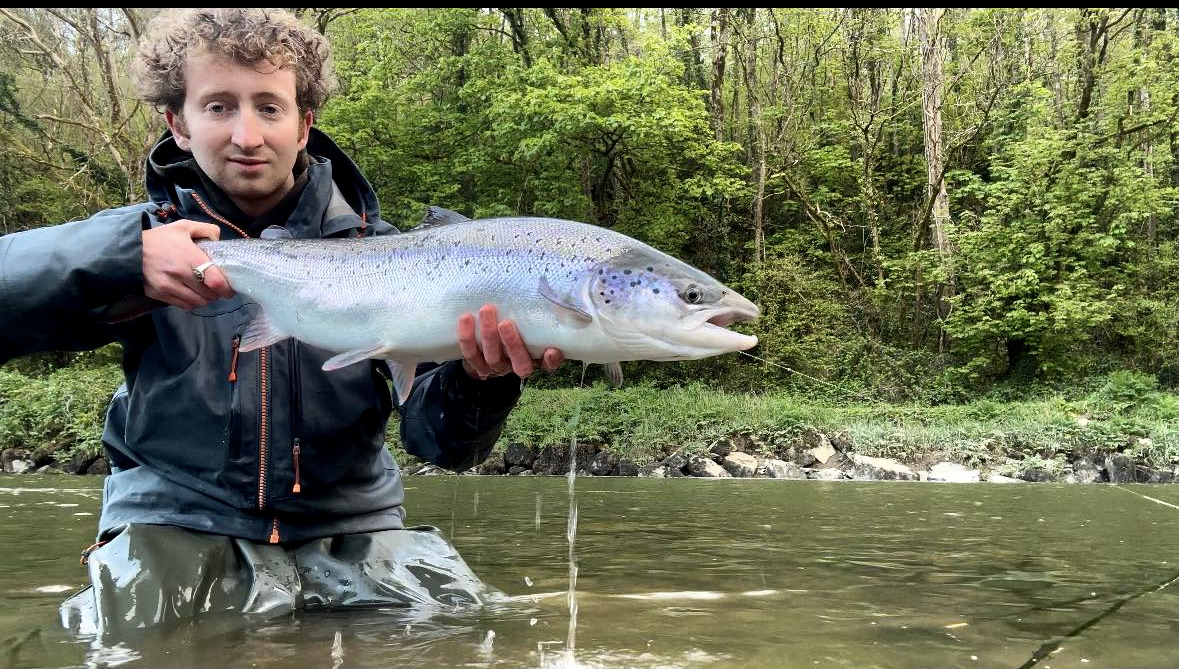
After getting lucky enough to catch a salmon in April from the Torridge this year, many further fruitless sessions followed, leading me to switch my attention to bass fishing earlier in the season than I normally would. It was obviously a lucky April for me, as somehow on my second session of the year I managed a 67cm fish, and I am yet to catch a bigger one this season in the pursuit of a 70cm+ fish on a lure. However, because of all the time and effort I have been putting in, I have managed some nice fish, albeit not monsters for some, which can be seen in the pictures shown. The excitement never wears out for me with these fish, particularly when caught on surface lures.

As I’m sure is the case with many others in the North Devon area, bass are probably my favourite fish to target throughout the season and I feel we are blessed as anglers to have so much different ground to fish from the estuaries to the open coast. I’ve been a member of the North Devon Bass Lure fishing page on Facebook for a couple of years now, but last year I started to post fish I caught on the page. This resulted in me getting chatting to a couple of good lads who I’ve subsequently done some sessions with, sharing marks and as always learning new things about people’s preferred tactics and lures etc. As much as I love the solitude of fishing, going out with others has been thoroughly enjoyable and I believe social media pages such as this are going to be crucial in getting the younger generations into fishing going forward.



In addition to the local page, I would also give mention to UKBLF where people from all over the UK chat all things bass lure fishing and share their catches. Through this Facebook page, I discovered we are lucky enough to have one of the leading stockists of bass lures in the UK in Ilfracombe at Highstreet tackle. A lot of the fish I have caught so far this year have been on Savage Gear gravity stick paddle tails or the IMA Chappy, both of which I purchased there. It really is like a sweetshop in there however and easy to get carried away as a prewarning.

As is usually the case, I anticipate the bass fishing to only get better as the season progresses and hopefully, I’ll surpass the 70cm mark as it gets towards September/ October. Whilst Bass fishing can be hard graft at times, it is all made worth it when you put the leg work in and it pays off in the end.
 Dan Welch skipper of Predator 2 Charters caught this fine 63cm bass on his latest excursion wiyth the lure rod. He is now running in second place in CMSAC’s Lure Fishing League.
Dan Welch skipper of Predator 2 Charters caught this fine 63cm bass on his latest excursion wiyth the lure rod. He is now running in second place in CMSAC’s Lure Fishing League.



